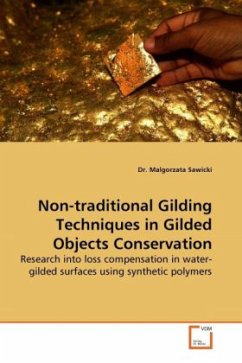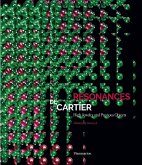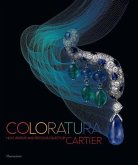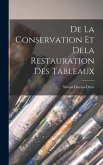Non-traditional gilding techniques, involving synthetic materials, were introduced into the field of gilded objects conservation in the 1980s. Yet, despite the obvious benefits of such materials in terms of their traceability and reversibility, they still meet great resistance from conservators. In the absence of extensive research regarding the unknown long-term impact and effects of treatments using synthetic polymers, many conservators rightly feel uneasy applying such materials in the conservation of valuable and historically significant objects. Between 2000-2008 PhD research was conducted involving methodical testing of several stable materials used successfully in other conservation fields with regards to their suitability for gilding, concentration in solutions and methods of activation. The final testing phase aimed to determine tendency in aging behaviour of the gilded surfaces using synthetic materials. The research demonstrates that stable synthetic polymers can be used to expand treatment options for gilded objects, thereby bringing gilding materials in line with ethical standards regarding detectability and reversibility achieved in other fields of conservation.
Bitte wählen Sie Ihr Anliegen aus.
Rechnungen
Retourenschein anfordern
Bestellstatus
Storno







![Catalogue of Pictures and Other Objects of art, Selected From the Collections of Mr. Robert Holford [1808-1892] Mainly From Westonbirt in Gloucestershire Catalogue of Pictures and Other Objects of art, Selected From the Collections of Mr. Robert Holford [1808-1892] Mainly From Westonbirt in Gloucestershire](https://bilder.buecher.de/produkte/69/69473/69473925m.jpg)
